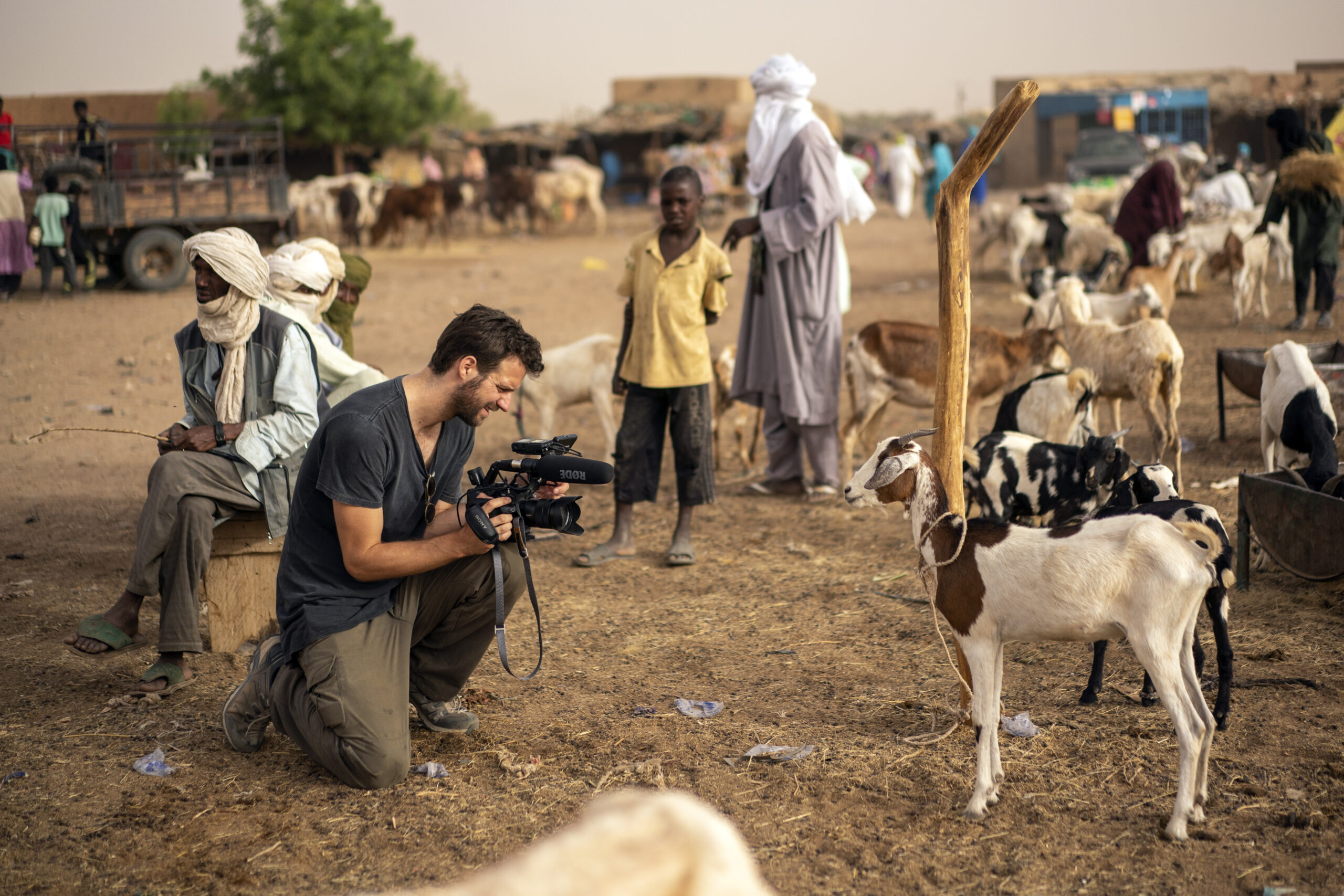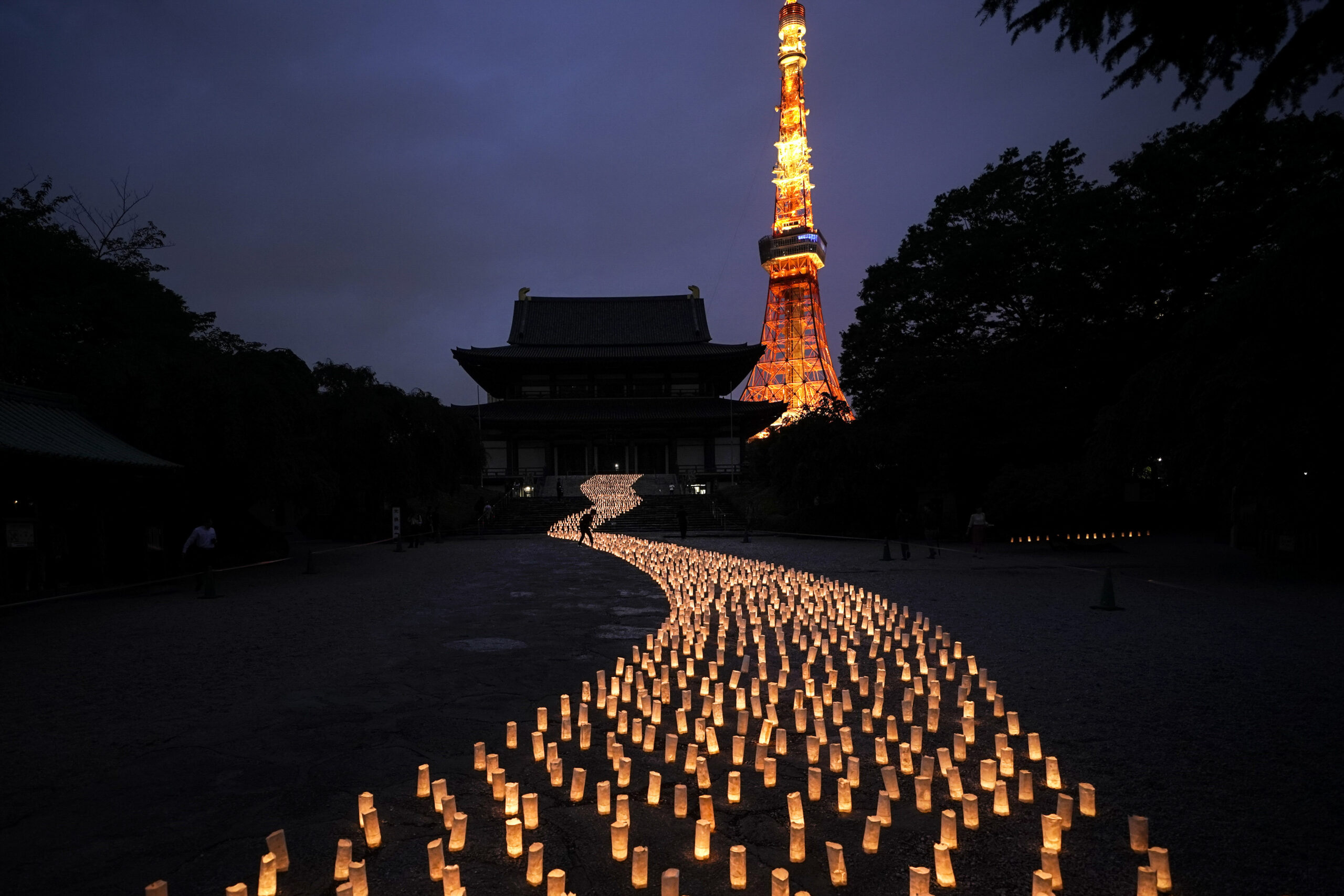New Sony gear ‘a game changer’
AP has a long history at the forefront of imaging technology, from the first transmission of photos over the wire to the early days of digital photography. Today's announcement that AP will equip its photo- and video journalists with cutting-edge Sony cameras and lenses is another milestone.
The Definitive SourceAnnouncements
New Sony gear ‘a game changer’
AP has a long history at the forefront of imaging technology, from the first transmission of photos over the wire to the early days of digital photography. Today’s announcement that AP will equip its photo- and video journalists with cutting-edge Sony cameras and lenses is another milestone.
“This is a game changer for the AP and will give us way more flexibility into the future,” said Derl McCrudden, deputy managing editor for visual and digital journalism.
McCrudden and Director of Photography J. David Ake explain what this investment means for visual journalism at AP in this video and below:
What does using equipment from the same manufacturer mean on a practical level for AP’s news photographers and video journalists?
McCrudden: While we are receiving specialist kit for photographers and video journalists, the Sony mirrorless cameras the photographers are getting are great at shooting video. This means we can more easily handle any video shot by AP photographers.
In the field, with all teams on Sony, photographers working alongside video journalists will be able to share kit like batteries and memory cards in some cases. But the game changer is that photographers and video journalists will be able to share or swap lenses on certain models. This will give our field teams a great deal of flexibility while on assignment. Imagine we need a fixed shot across a border — we would be able to use a zoom lens from a photographer on a compatible camera. Previously, we would have rented that lens for the video journalist.

What will this equipment allow visual journalists to do?
Ake: Mirrorless cameras can operate silently, which means we can make photographs without the traditional shutter sound interrupting the scene. They are also smaller and lighter than the traditional DSLR cameras we currently use. The smaller, lighter and quiet operation means we can work in places where the shutter sound would be a distraction.
McCrudden: These cameras are the latest technology and give us a range of cameras enabling us to choose the right tool for the job. While our video journalists will be assigned one model specific to them, our fleet of video cameras will contain six different models, enabling us to choose a small discreet camera when needed, for instance, in a protest. We will have bigger cameras when we need them for press conferences, or for set-piece interviews with newsmakers. And we will have other cameras for a more documentary style of shooting when we need them.
The technology at the heart of these cameras should mean that, because of commons sensors, the look and feel of the video should be technically similar, no matter the camera being used.

How do the mirrorless cameras work?
Ake: With a mirrorless camera, the light passes through the lens and directly to the electronic chip. The camera viewfinder is a video display feed directly from the chip instead of a reflected imaged from a mirror. So what you see in the viewfinder is what you get. If, for example, the photographer’s exposure isn’t correct or the color balance is off, you’ll see it in the viewfinder display.
We’re hoping the quietness of the camera and the lighter weight will allow our photographers to work in places and capture images that were harder to get in the past.
What will AP member news organizations and customers see as a result of this investment?
McCrudden: Video customers will continue to see big breaking news and coverage of the top stories, and stories that AP brings to the world. But we believe these new cameras will allow us to develop new workflows to deliver news faster and enable more collaborative work behind the scenes.
Our archive is a big part of AP’s video offering. When Prince William married Kate Middleton in 2011, we offered that live signal to the world in HD. These cameras are 4K capable. If we ever decide that a set-piece news event should be shot in higher quality than our customers need, we’ll be able to do that.


